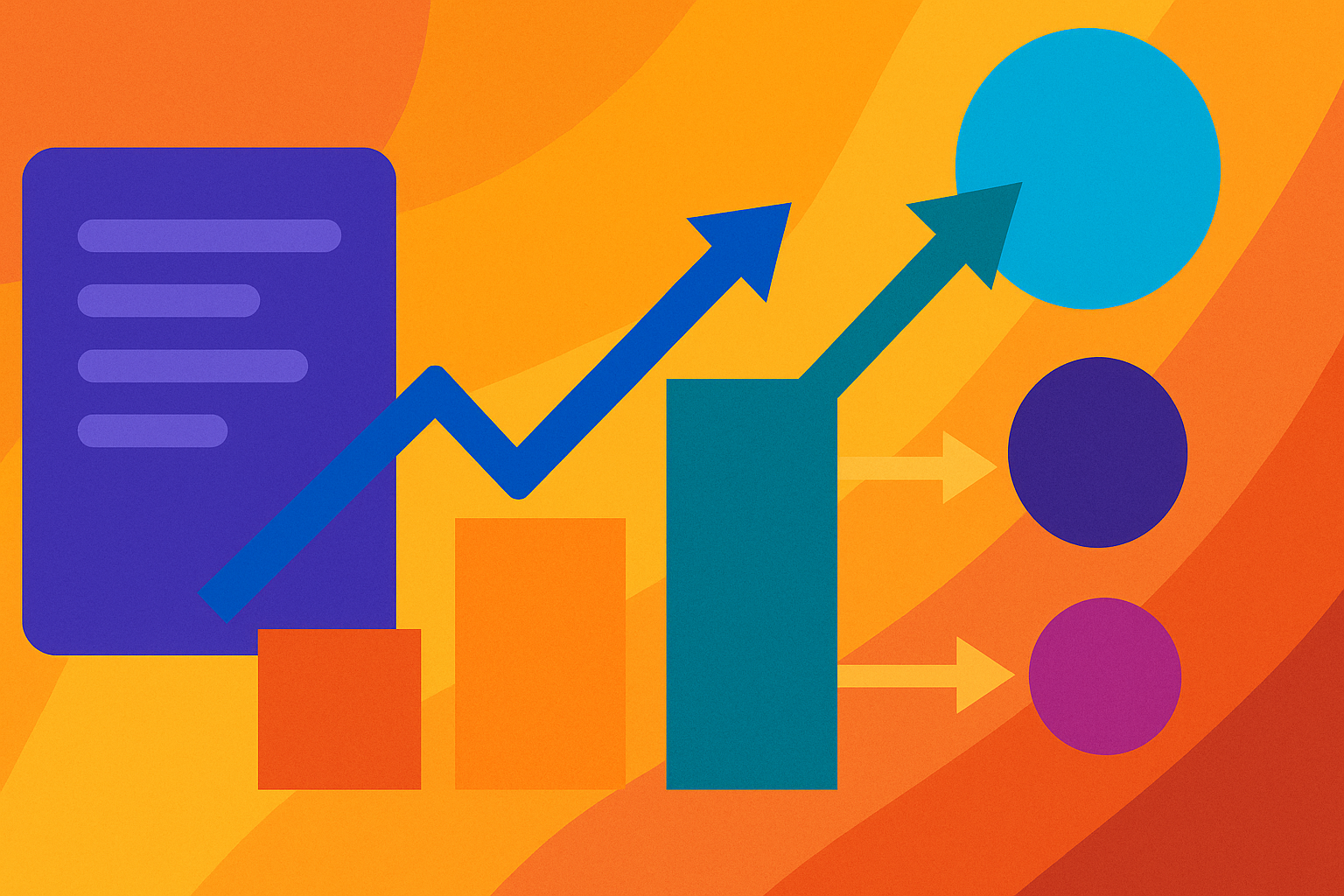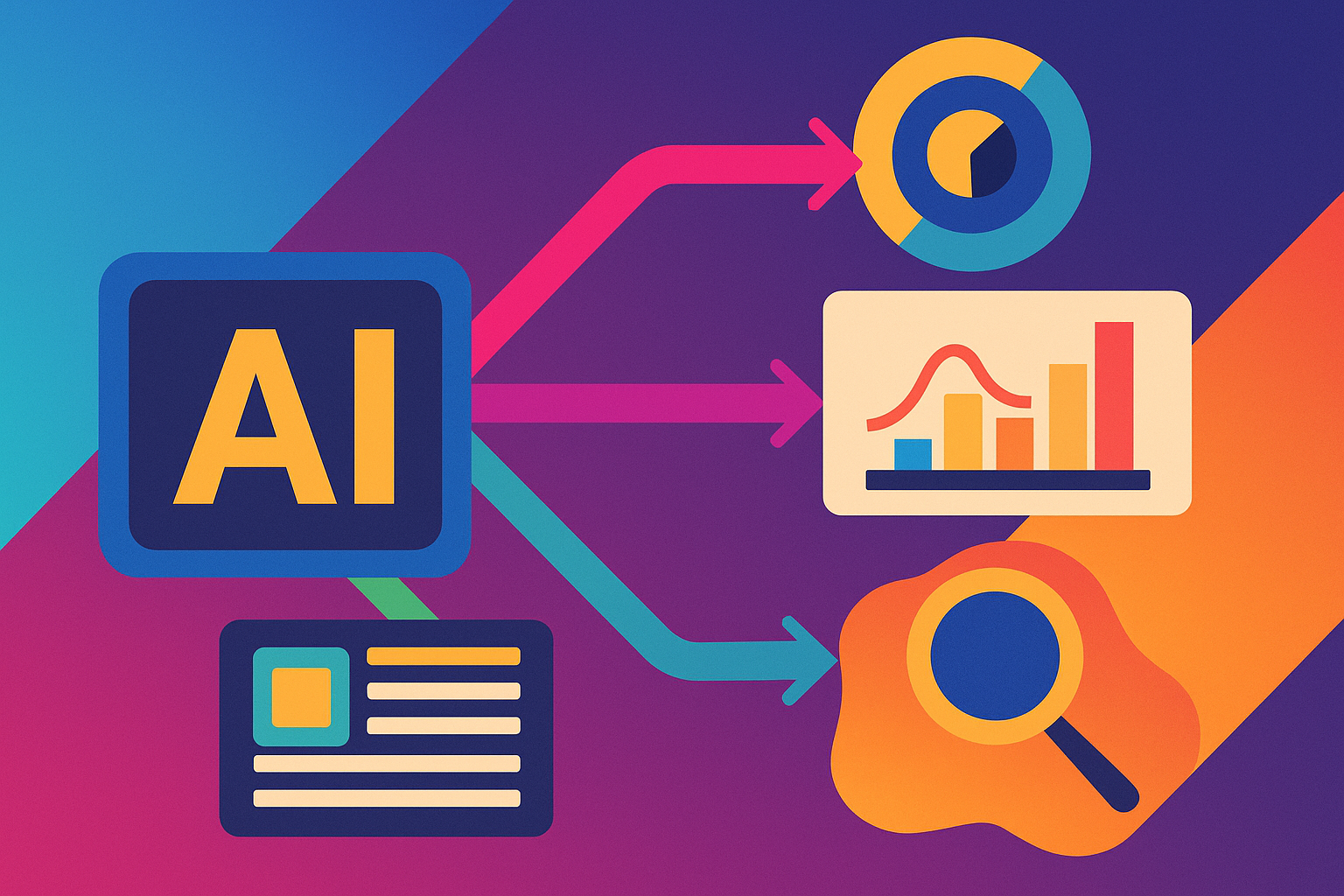As AI Overviews become more common in Google Search, digital marketers and SEOs are asking an important question: how much overlap exists between traditional rankings and citations in AI results?
To answer that, we studied nearly 2 million AI Overview citations from 1 million search results pages. The findings show a strong connection between traditional SEO performance and AI Overview visibility - but also reveal some surprises about how Google selects sources for its AI summaries.
Let’s break it down.
The Big Takeaway: 76% of AI Citations Come from the Top 10 Organic Results
Of the pages cited in AI Overviews, a massive 76.1% are already ranking in the top 10 organic results for their respective queries. Another 9.5% fall between positions 11 and 100. Only 14.4% of cited pages rank beyond page 10 - or aren’t ranked at all.
That means nearly 9 out of 10 AI citations come from pages that are already performing well in traditional SEO.
Here’s what this tells us: If your page is showing up on page one of Google, you’re also more likely to be selected as a source for AI Overviews.
Top Citations Usually Rank Higher Than Supporting Links
When we looked closer at the order of links cited in each AI Overview (typically three), we noticed a clear pattern:
- The first citation (the “primary” link) most often ranks around position 2 in the search results.
- The second citation usually ranks at position 4.
- The third citation tends to appear around position 5.
So while Google is pulling multiple sources to compile its AI Overviews, it seems to favor highly-ranked content at the top of the search results. That content is being rewarded with prominent placement in AI summaries as well.
Why Are Some AI Citations Pulled from Lower-Ranking Pages?
About 14% of citations come from pages that don’t rank in the top 100. That’s a significant minority - but still notable. It raises the question: why would Google pull these lower-ranking pages into AI Overviews?
There’s a common theory known as the “query fan-out” method. This suggests that Google’s AI uses extended variations of a user’s search - long-tail or related subtopics - to gather more comprehensive insights. In this scenario, content that doesn’t rank for the original query might still surface if it ranks for a related phrase.
However, our data showed something surprising: these lower-ranking pages actually appeared for fewer keywords, and those keywords were shorter in length. That challenges the idea that these are deeply specialized long-tail pages.
Instead, it suggests other factors may be at play in AI’s selection process - such as freshness, content structure, authoritativeness, or how well the content matches the user’s intent.
Ranking Higher Still Increases Your Odds of Being Cited
While ranking in the top 10 doesn’t guarantee an AI Overview citation, it significantly increases the odds. A page ranking in the #1 or #2 spot is much more likely to be cited as the primary source in an AI Overview than a page in the 20s or 30s.
In that sense, SEO fundamentals still matter.
Your site’s visibility in traditional SERPs directly impacts how likely it is to appear in Google’s AI results - at least for now.
What This Means for SEO and Content Strategy
These findings have several implications for your content strategy:
- Organic rankings drive AI citations. If you want to show up in AI Overviews, focus on climbing the traditional SERPs first.
- First-page rankings give you double exposure. Not only do you earn a top organic result - you also get visibility in AI-generated content summaries.
- Low-ranking pages still get a shot - but it’s rare. If your page offers unique value (freshness, clarity, or topical authority), it might be selected even if it’s not ranking highly.
- Stay optimized for both humans and machines. Structured, high-quality content serves both traditional ranking algorithms and the data-hungry AI systems that power Overviews.
The Overlap Is Real, But Evolving
Google’s AI Overviews are still rooted in traditional search visibility. The majority of citations come from the top organic results, and the highest-ranking content is most likely to be cited first.
But as AI tools become more sophisticated, we expect other signals - like entity recognition, topic coverage, and freshness - to weigh more heavily.
For now, if you’re building visibility in traditional Google Search, you’re already setting the stage for AI Overview mentions. And if you’re not ranking yet? Now’s the time to start.









